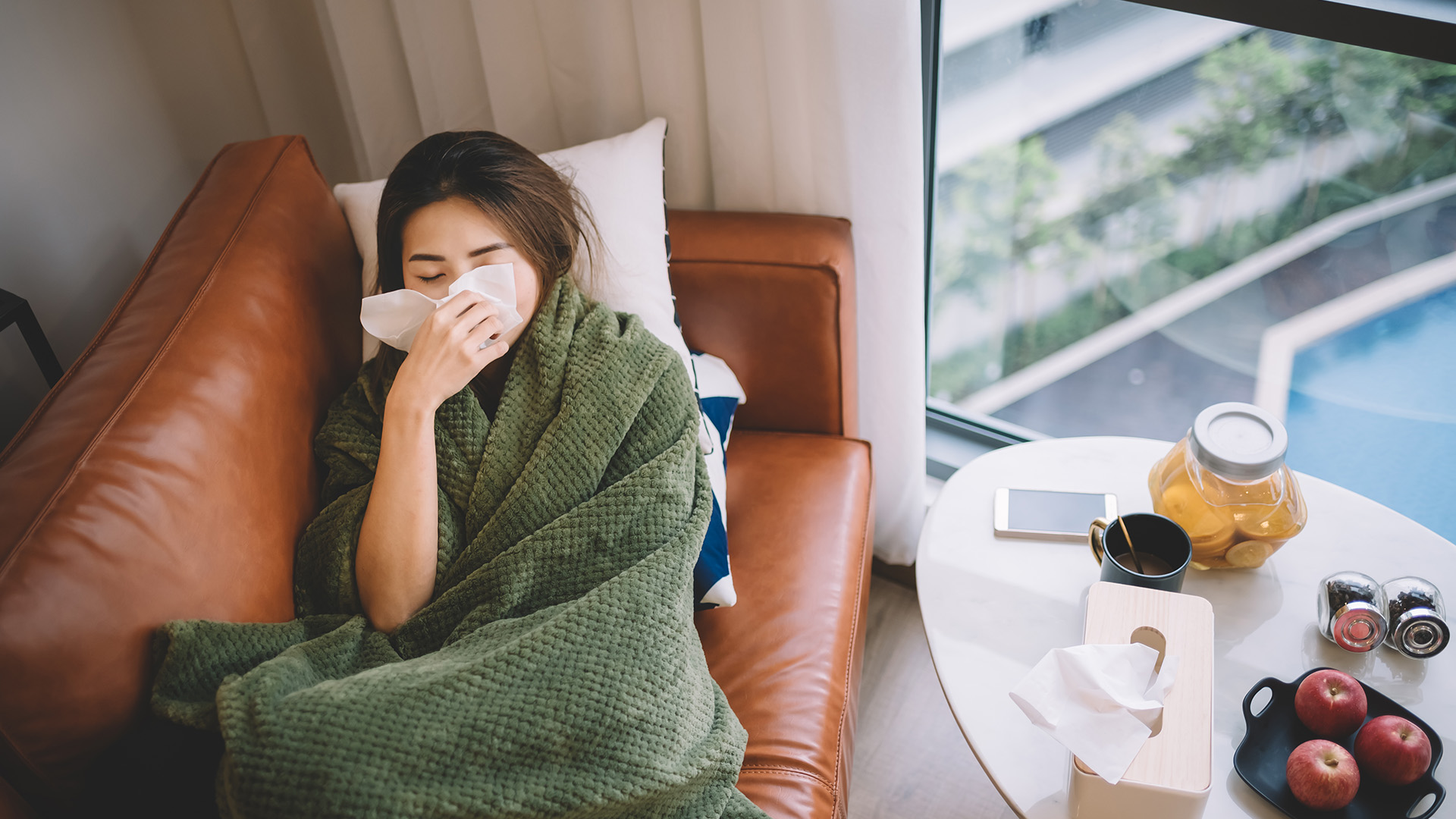Your co-worker Larry is at it again this year. The sniffling, the coughing, the sneezing. It is enough to drive you crazy, but mostly, you’re hoping that he’s been kind enough to de-germ everything in the office he’s touched. It’s cold and flu season for crying out loud, and it’s the worst.
If you’re like most people, we’re all hoping to avoid the doctor (you can find some tips here,) and as a result, we arm ourselves with over-the-counter medicines, tissues and disinfectants. While I’m sure you’ve thought about how they’ll improve your miserable condition, have you ever thought about how much energy goes into making these products and ensuring their availability when you need them? Let’s dig in.
Gel Caps
It starts with the telltale signs, and then you know the drill. Your nose starts getting stuffy, and your throat is dry and sore. You reach for your favorite “get you through the night, so you can hopefully feel better in the morning” medication. Typically, they come in gel caps.
From the laboratory to the store and into your medicine cabinet, the amount of energy used to get you those gel caps comes in many forms. Any given laboratory in the U.S. consumes 5 to 10 times more energy per square foot than a typical office building. Add in a clean room (where most pharmaceuticals are made), and you’re looking at up to 50 times more energy consumed, though it’s getting better. However, that doesn’t even account for the lab coats, specialized flooring, and equipment needed in the labs, nor the energy to manufacture them and transport them to your store of choice.
Tissues
The grandmothers of the world reusing old Kleenex are the true champions of energy efficiency when it comes to tissue use. You know the one that goes back into their pocket or purse, only to be dug out and used again later. While more manufacturers are working toward energy-saving solutions, the fact is, tissue demand worldwide is growing. In the meantime, think about utilizing a handkerchief; it’s also pretty trendy.
Disinfectant
Over the last decade, several companies have jumped on the “eco-friendly” bandwagon. However, knowing if your cleaning products are indeed “green” almost takes a Ph.D. Similar to the health food industry, labels aren’t always what they seem, and the most narrow of margins can lead you to believe you’re green when you really aren’t. Finding a product that is environmentally sound and kills germs is getting easier, but it can still be an obnoxious task. In the meantime, most of us prefer the tried and true products that will ensure we won’t be sick into next year.
Though these are just three things that help us get back to feeling better, there are many other medicines and remedies we use that are dependent on traditional energy products to create. From your Vapor Rub and Chapstick to cough drops and thermometers, being sick takes a lot of energy – and not just to get up off the couch or out of bed to find the things that make us feel better.

